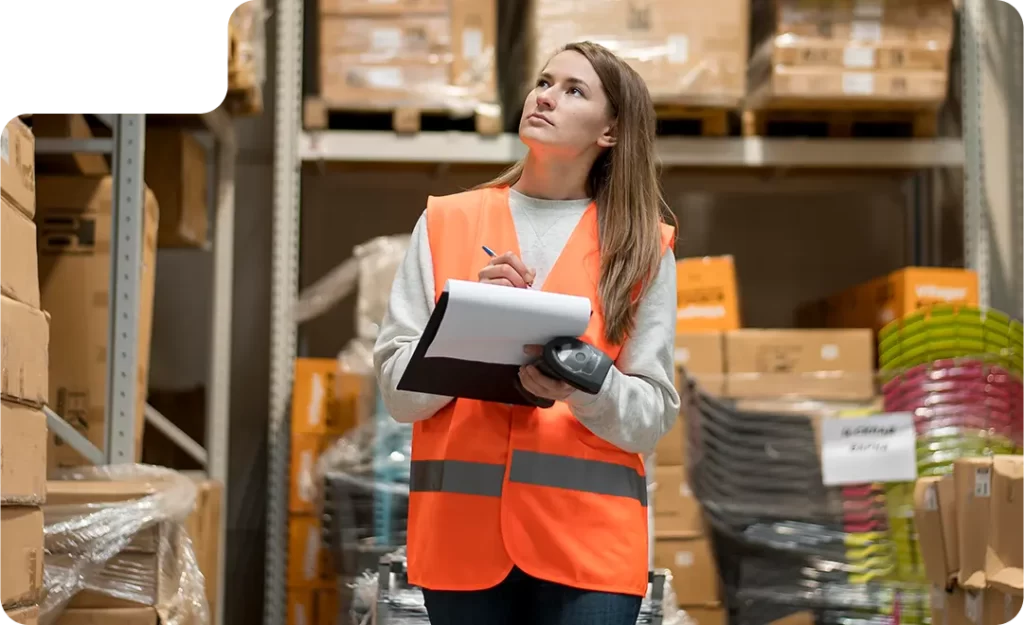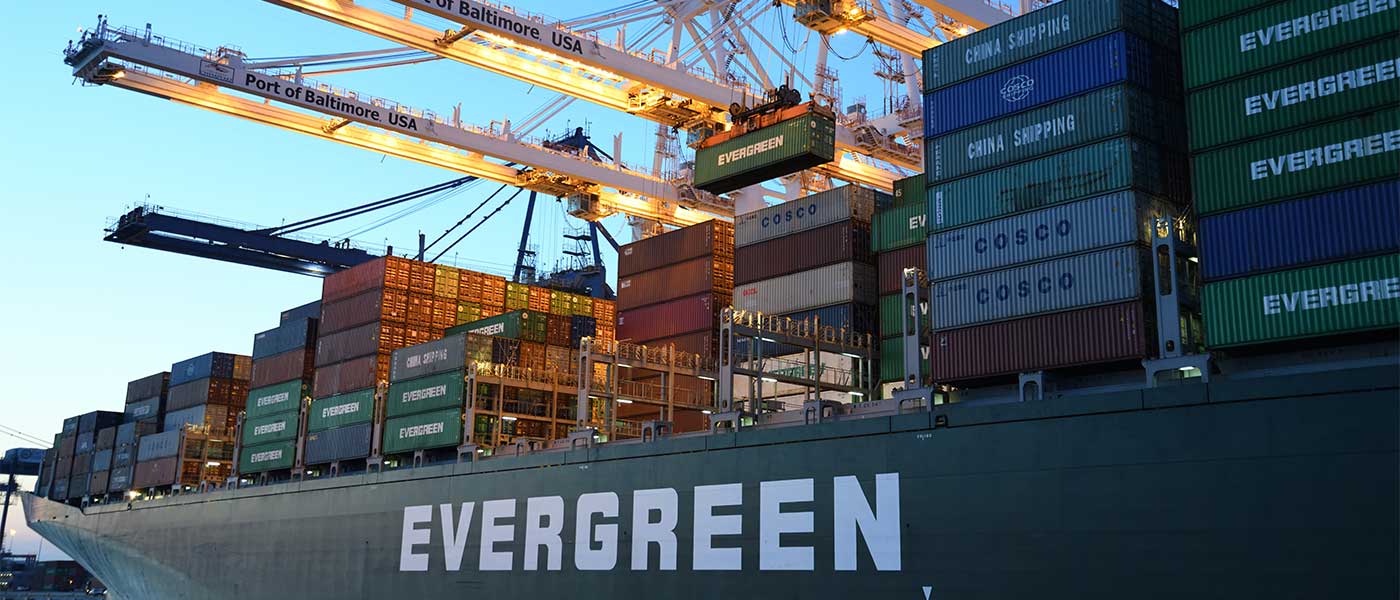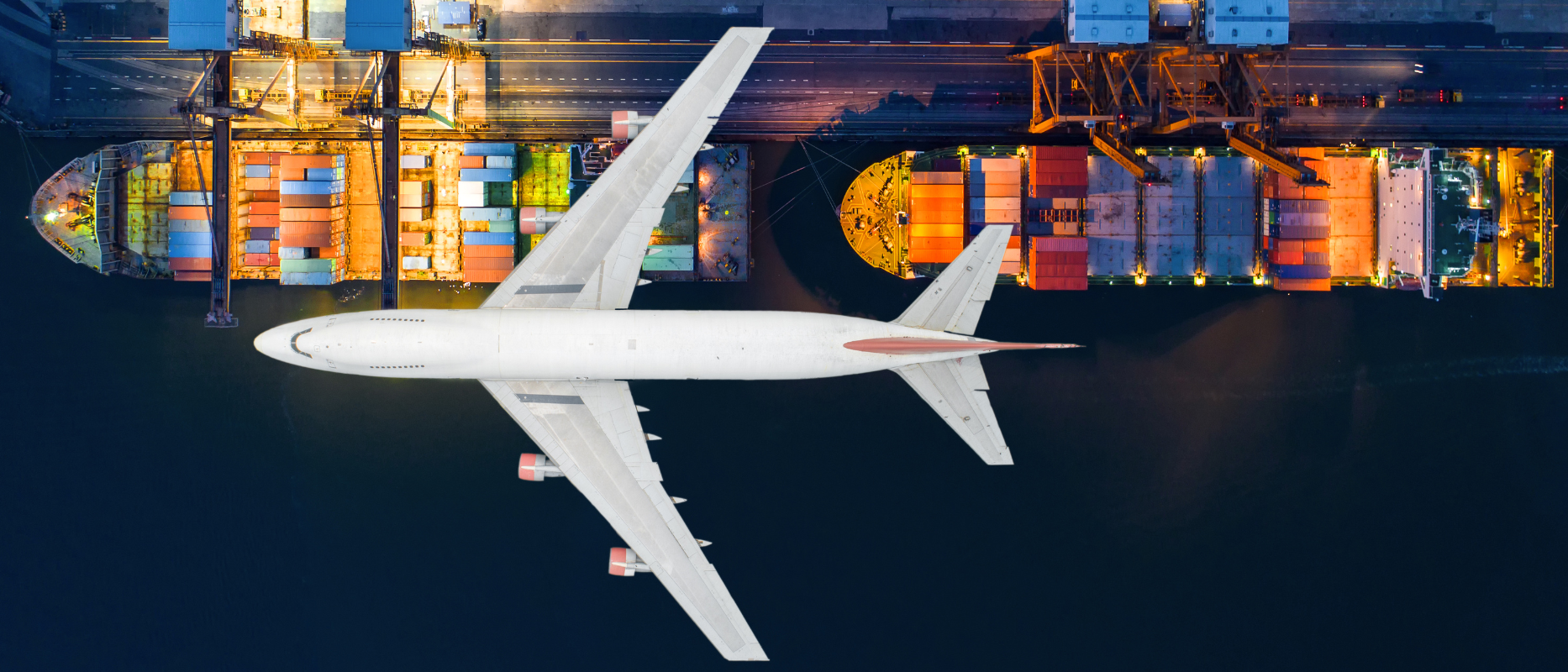Have you ever wondered what multinational corporations and industries are doing to meet the social standard of the environment? Or, in what ways can they reduce the carbon footprint or focus more on ways to arrest climate change? With international organizations ringing an alarming bell around the lethal effects of climate change, it’s time that industrialists act upon it and make sustainability their motto.
As climate change becomes even more of a concern, many industries and corporations have pledged to adopt ways that adhere to environmental standards. And to reach that goal, they are willing to tie up with suppliers who work around sustainable production channels.
Of course, the next question you want is, how can sustainability go hand-in-hand with the supply chain, or is it even possible? Very much so. Sustainable supply chain or sustainable supply chain management is a reality, and in this blog, we will look into its specifics.
Let’s begin.
What Do You Understand by Supply Chain Sustainability?
The supply chain is the process that oversees the production of raw materials for goods and services and tracks their movement. But this is how businesses operated supply chains in the past. Nowadays, the emphasis is on supply chain sustainability.
The holistic view of the supply chain involves everything from logistics to technology that meets the environmental, economic and social standards highlighting the corporate responsibility of a business. In a nutshell, SCS manages the economic, environmental and social impact of every component in the supply chain and encourages good governance through producing goods and services.
What Is Sustainable Supply Chain Management?
Sustainable supply chain management is the method of upholding the environmental and societal values of the components of a coordinated network of facilities and activities involved in developing, manufacturing and delivering a business’s products. A well-defined sustainable SCM will allow the company to address global matters like climate change, increasing carbon footprint, depletion of natural resources, food and water scarcity, etc.
How Can We Make Supply Chain Sustainable?
Building a business by studying the external landscape and business drivers sets the vision and objectives of supply chain sustainability. However, for a clearer understanding of how to transform the chain into a sustainable package, let us go step by step:
1. Identify sustainability issues with the supply chain
You cannot create a framework unless you know which areas to focus on. As the supply chain covers all components, from sourcing to delivery, it’s imperative first to identify critical areas that do not meet environmental standards. While it will always be easy to spot a few components, there will remain many where it becomes harder to identify whether it’s creating an environmental hazard. From finding ways to reduce emissions from factories to adopting habits (in the textile industry) to reduce water usage, these can help make the supply chain more sustainable. Evaluate your supply chain from top to bottom to create a policy for sustainability.
2. A circular supply chain will be most helpful
Do you know how a supply chain typically gets rolling? It begins with sending raw materials to the manufacturers. Once the raw materials are used to make a product, then that is sent to the distributors and the end products are then sold to customers. However, once the utilitarian value of the product is deprecated, it is disposed of. These products end up creating a lot of waste.
Now, a circular supply chain will add two new processes to the entire system — recycling the products and sending them back to the manufacturer for reuse. A circular supply chain seeks to reduce waste in supply chain management, ensuring sustainability.
3. Encourage suppliers to adopt sustainability
While big businesses may have the resources to manage every component of the supply chain, many small firms might hire third parties or companies to manage their supply chain. In this case, the firm can always engage these service providers and talk them into reducing fuel consumption while finding sustainable ways to transport the goods. Companies can agree to share the expenses required to create a sustainable management system on their end and so on.

Why Is Sustainability Important in the Supply Chain?
Sustainability in a business goes beyond going green. In addition to having a positive impact on the planet and humanity, socially responsible products and practices are essential for building positive brand awareness. A sustainable supply chain will strive to minimize the environmental impact of producing goods and services and improve the business’s long-term profitability.
It allows a business to function efficiently while upholding its corporate social responsibility and saving money. A business built on a sustainability model will only boost more partnerships and raise profits.
What Do Statistics Tell About a Sustainable Supply Chain (With Examples)
Did you know that a standard consumer firm’s supply chain contributes to more than 80% of its greenhouse-gas emissions? The supply chain contributes more than 90% of the environmental impact of consumer goods companies, according to McKinsey & Company. Almost half (49%) of all companies design corporate supply chain sustainability goals, but another 35% do not, according to research from the Massachusetts Institute of Technology (MIT) Center for Transportation and Logistics and the Council of Supply Chain Management Professionals (CSCMP).
A 2020 survey conducted by EY found that 67% of APAC (Asia-Pacific) respondents are taking steps to change supply chains, compared to 52% of global respondents, indicating a transformation underway in the APAC’s supply chain management region. APAC businesses, at the forefront of cutting-edge technology and innovation, hold valuable lessons for global executives embarking on supply chain transformation.
Lenovo entered the sustainability arena with a ‘pallet pooling’ initiative in Asia, creating real reductions in CO2. Huawei is also devoted to lowering its carbon footprint through improved logistics and innovative packaging through its extensive investment in technology for supply chain management.
What Are the Benefits of Supply Chain Sustainability
A sustainable supply chain will ensure that your customers receive goods and services that are environmentally friendly. By embracing its corporate responsibility, if a company addresses the environmental, social, economic and legal concerns across its entire supply chain, it will limit waste and ecological footprint, improving labour conditions and a safe working space for employees.
This is one of the benefits of a sustainable supply chain. Here are some more benefits:
1. Most importantly, reduces environmental impact
A sustainable supply chain stops the destruction of the environment first and foremost. And let us break the myth that caring for the environment comes at a cost. It actually saves the company a lot of money in the long run.
A few examples would be: In 2014, Nike changed the way it manufactures some trainers, bringing down labour costs by up to 50% and reducing material usage by 20%, which resulted in 0.25% higher margins.
Similarly, a CDP report found that Walmart and other large corporations’ supply-chain emissions reduction efforts saved suppliers a combined $12.4 billion in 2016.
2. Protection against reputational damage
In the digital era, information is quickly and easily available on the internet. Because of this, your ignorance of sustainability in your supply chain may hurt your reputation. With media and activists emphasizing actions against climate change, adopting sustainable ways to produce goods and services will save your company as well as the environment from unnecessary risks.
3. Ensure continuity of supply
It’s always wiser to have multiple sources of suppliers across places to maintain a continuous flow of products, irrespective of a crisis. Putting the whole burden on one supplier and being solely dependent on one source can prove to be a callous decision for a company.
If you recall, the 2011 Thailand floods had wreaked quite a havoc and caused the global price of hard drives to rise. A few of the world’s largest hard drive manufacturers faced a hit because of having one supplier source and that had caused a shortage and delay of production in their company, incurring a huge loss.
4. Potential for new business tie-ups
A business with a sustainable supply chain is also attractive for other companies looking to partner up. Your brand’s environmental credentials will only add more value to its identity that will attract potential business deals. You can further support this through internationally recognised standards, such as ISO 14001, which helps identify gaps in your business where you could achieve greener efficiency.
5. Innovative products and services
Companies with a larger vision for bringing change will indulge in more brainstorming sessions to create products that go beyond the ordinary. These items come up with variations that accomplish environmental standards.

But Sustainable Supply Chains Always Face Challenges
Making your supply chain sustainable comes with challenges. 80% of an average consumer firm’s greenhouse gas emissions originate in its supply chain. Regardless, setting sustainability goals begins here. If only it were a straightforward process, to begin with.
Let’s talk about the three big challenges of building a sustainable supply chain:
1. Difficulty in monitoring a complex structure
In any big company, the supply chain involves various components, from logistics to procurement, sending materials to manufacturers, transport, etc. A single product may have multiple materials suppliers and manufacturers along its supply chain. And on top of this, the added layer of overseeing the methods of ensuring sustainability often becomes a daunting task for the company. It also creates a complex structure because sustainability requires the induction of separate tools and logistics to uphold social and environmental standards.
2. Somewhere there are indeed increased costs
The debate exists on whether a sustainable supply chain is an additional cost to the company. The Economist Intelligence Unit conducted a recent survey on “how sustainability considerations are spurring companies to think differently about managing supply chains”.
According to the Sustainability: The Missing Link report, 38% believed that increased costs are the greatest barrier to sustainable supply chains. However, many even agreed that implementing sustainability is also an incentive to save company costs. However, the different perspectives can only be realized in the company’s long- and short-term approaches.
3. Lack of responsibility and a structured sustainability framework
With consumers and governments pressuring companies to adopt sustainability, you’d also want to adapt to new technologies to enable the same. But do you have the framework ready to do that? Have you designated responsibilities to the managers involved in your supply chain? Switching to a sustainable supply chain can be tricky. Often the lack of a well-regulated framework, policies and irresponsibilities can stall the process.
What Are the Best Practices of a Sustainable Supply Chain?
Adopting and implementing sustainability in your supply chain is conscious of your efforts to safeguard the environment from hazards. Here are a few techniques or best practices of a sustainable supply chain:
1. You need to map out your supply chain to identify waste
2. Start with creating sustainable supply chain goals
3. Analyzing supply chain data at every step is a must
4. You must implement an inventory management system
5. Create a sustainable supply chain policy
6. A clear communication with different suppliers
7. Train your employees to create a holistic, sustainable supply chain
8. You must approach eco-friendly delivery channels for your goods and services
Besides, Forrester Research has come up with a framework for integrating sustainability that involves four steps to a more sustainable supply chain — Procurement (procuring sustainable raw materials), Operations (channels that are efficient and reduce resource usage), Retirement (upcycling and recycling products to avoid wastage) and Data and communication (communicating expectation to suppliers, stakeholders and customers to strengthen efforts).
Supply Chain Sustainability: Future
Sustainability is here to stay. With a growing pressure on companies to take charge of the environment, a sustainable supply chain will be the future trend. Two other trends that will keep the momentum of sustainable supply chain going are — circular economy and data-driven supply chains.
In a circular economy, products are built to have a light environmental footprint, and they must last longer. Once their value diminishes, they can be easily disassembled and transformed for reuse.
While in data-driven supply chains, companies work on cloud-based supply chain execution systems. These systems draw their information and data from detailed analytics, equipment sensors and other Internet of Things (IoT) devices. This will make your manager’s job easier in identifying areas that require a sustainability framework.











